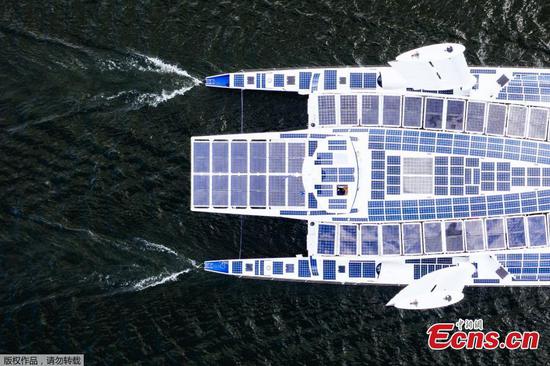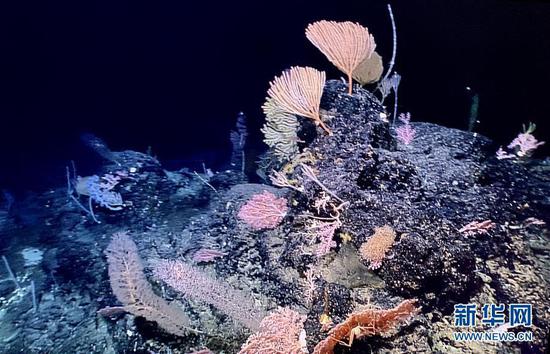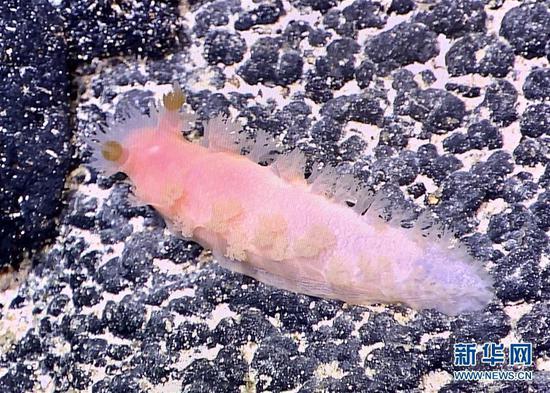In a quest to find a low emission and high-efficiency fuel to reduce pollution, a part of the automobile industry is experimenting with hydrogen-powered vehicles. Surprisingly, a lesser known company in China just claimed to be developing a similar venture: water-fueled cars.
Local media reported the company's prototype car could travel up to 500 kilometers, running on 300-400 liters of water that is turned into hydrogen "in real time," the company's CEO Pang Qingnian said.
The news has quickly drawn doubts and suspicions from both experts and the population after it went public since few people believe the technology can work.
In its response to the public criticism, the company explained the engine works by mixing aluminum powder and water with a catalyst, the reaction of which will generate hydrogen, which will release electricity that powers the car, they said.
But industry experts refuted the claims.
"The catalyst can only change the reaction process, improve efficiency and production rate. It cannot provide any additional energy," Wu Mengqiang, secretary general of China's National New Energy Alliance, argued.
Wu added that even if hydrogen could be supplied through hydrolysis, it still has to be tested whether it is powerful enough to fuel a car.
The hydrogen-powered vehicle has long been known for its clean and environment-friendly qualities. Instead of running on gasoline, the car uses hydrogen, a chemical component of water.
Traditionally, gasoline cars emit pollutants that cause serious environmental problems and contribute to global warming, in addition to posing threats to human health. A fleet of 100 percent hydrogen-fueled cars would eliminate those issues.
However, the reasons that prevent the environmentally friendly hydrogen-fueled car from being widely accessible comes down to the following aspects: hydrogen generation, distribution and high cost.
For hydrogen generation, the industry has three primary methods to turn to: from fossil fuels; from chemical by-products or methane. All of these methods are not as clean as we think since the processes of hydrogen generation will inevitably produce other pollutants.
In 2017, researchers developed a cost-effective way of harnessing solar power to generate hydrogen from biomass, according to a study released Tuesday by the University of Cambridge.
The solution is ideal for absorbing light and converting biomass into gaseous hydrogen, which can then be collected and used as a source of energy.


















































